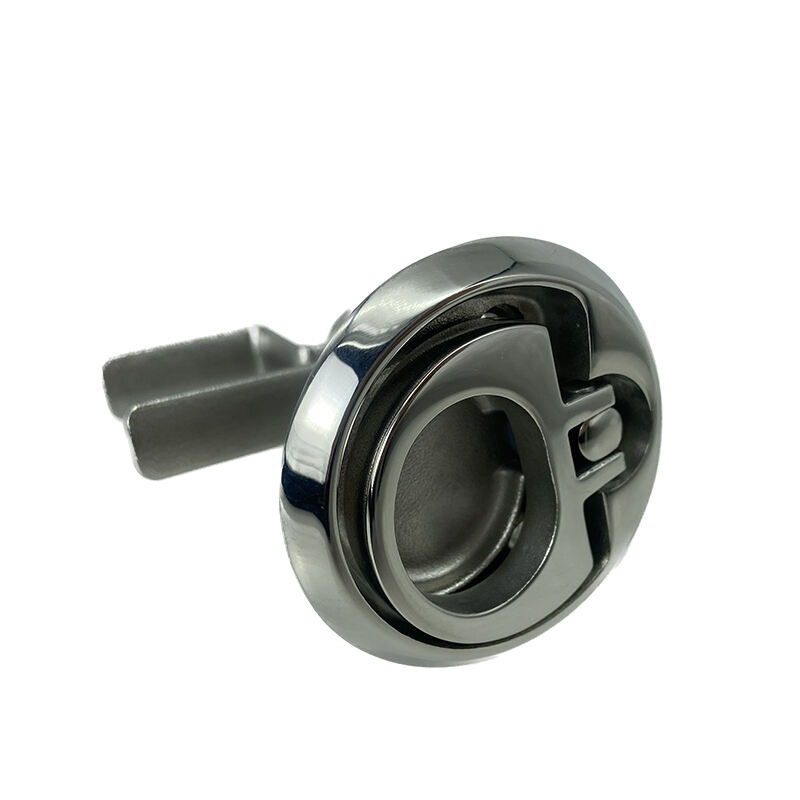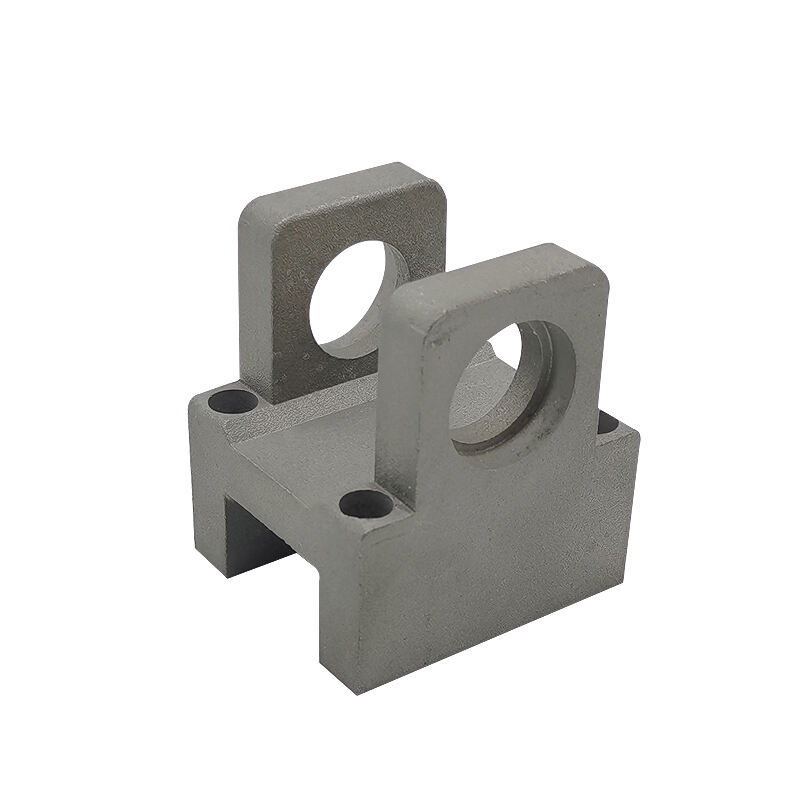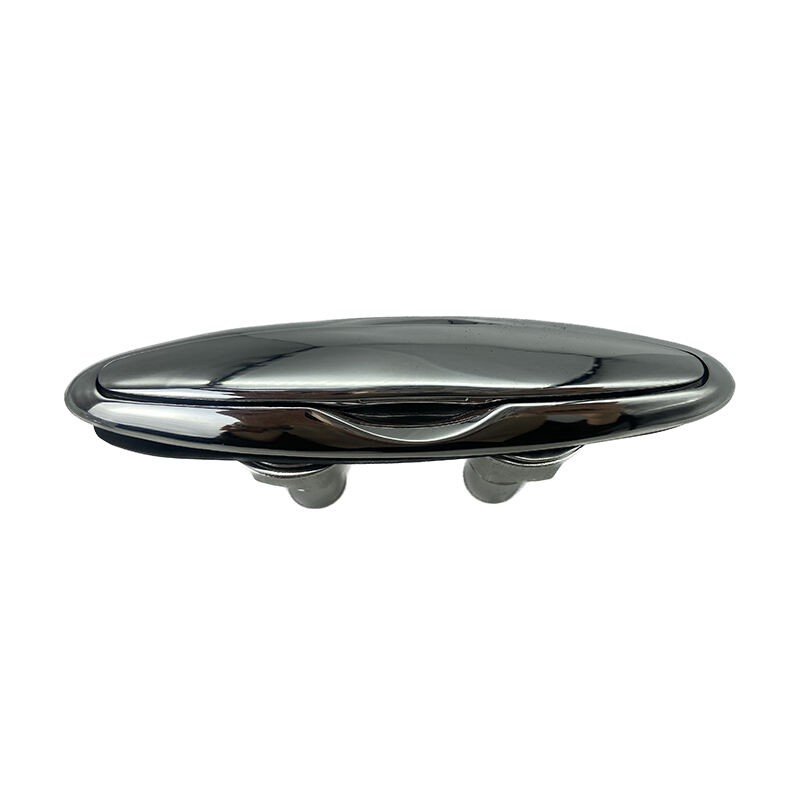investment casting parts
Investment casting parts represent a sophisticated manufacturing process that delivers exceptional precision and versatility in metal component production. This time-tested method, also known as lost-wax casting, enables the creation of complex geometries with superior surface finishes and tight tolerances. The process begins with creating a wax pattern of the desired part, which is then coated with ceramic material to form a shell. Once the ceramic hardens, the wax is melted away, leaving a precise mold cavity. Molten metal is then poured into this cavity, allowing for the production of intricate parts with excellent dimensional accuracy. The technology supports a wide range of metals and alloys, including stainless steel, aluminum, brass, and titanium. Investment casting parts find extensive applications across various industries, from aerospace and automotive to medical devices and consumer goods. The process excels in producing components that require complex internal passages, thin walls, and precise details that would be difficult or impossible to achieve through other manufacturing methods. Modern investment casting has evolved to incorporate advanced technologies like 3D printing for pattern making, further enhancing its capabilities and efficiency in producing high-quality metal components.


